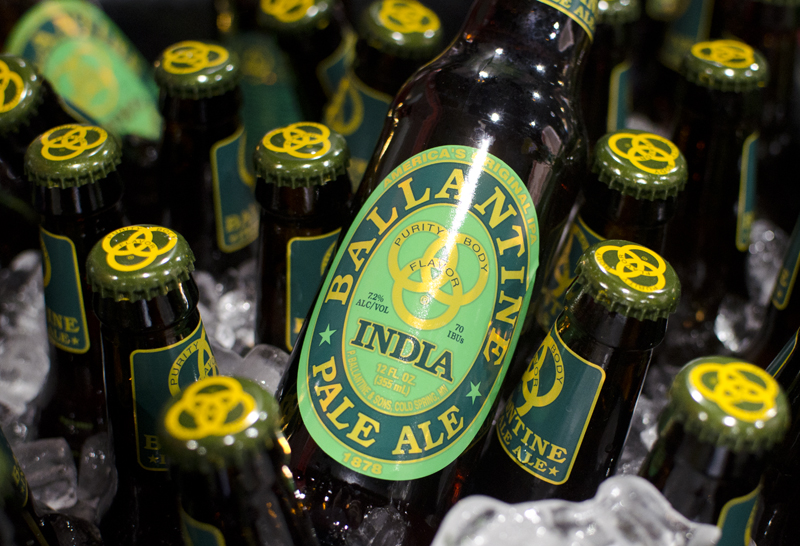
I’m too young to have even heard of this beer, I guess. But yes, at one point Pabst was brewing up one of the boldest beers in the US. But it fell away from the memory of most after it halted production of Ballantine IPA in the 90s.
A couple years ago, Pabst’s master brewer, Greg Deuhs, started wondering about that beer. The brand is still owned by Pabst, but that doesn’t mean anyone knows how Ballantine IPA was made.
Curious, right? A beer that had been around many decades had scant and conflicting records of its actual brew process. Still, they were able to key in on some things that made it unique.
The most intriguing thing about Ballantine was the use of hop oils. Mitch Steele described their process in his book, IPA:
“It used Bullion hops, a variety very hard to find now, and ground them into a fine powder, added water, and cooked them in a vacuum process that effectively distilled the oils from the hop material. The oils were collected and added to the beer, which gave it an intense, distinct presence unlike anything else available in the United States at the time.”
It really makes me wonder how it tasted in the 70s and 80s–and how much different it must have been from other commonly available beers of the era. Still, it’s encouraging that the final product isn’t just an old brand slapped on a typical American IPA recipe.
It’s not a modern IPA by any stretch. Craft breweries have figured out ways to make even very strong, very bitter beers moreish. Ballantine IPA is a snifter beer. It reminds me of descriptions I’ve read of old British beers like October beer and Edinburgh ale. Something to get you through the cold nights of winter.
That sounds cozy.

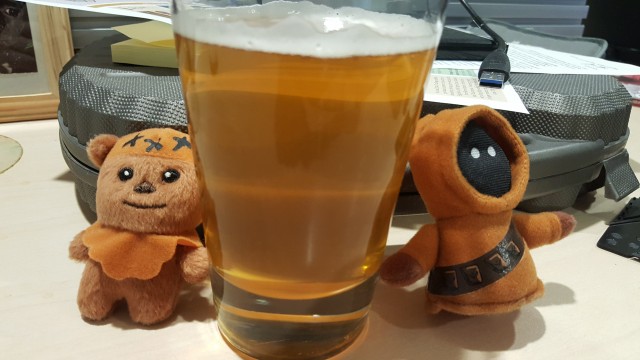
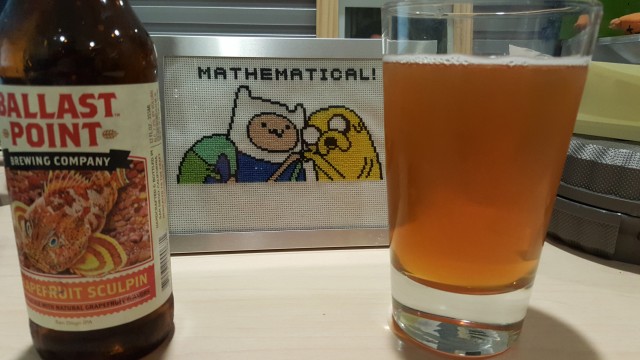
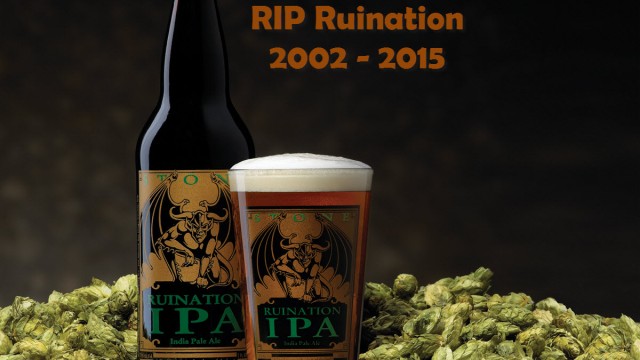
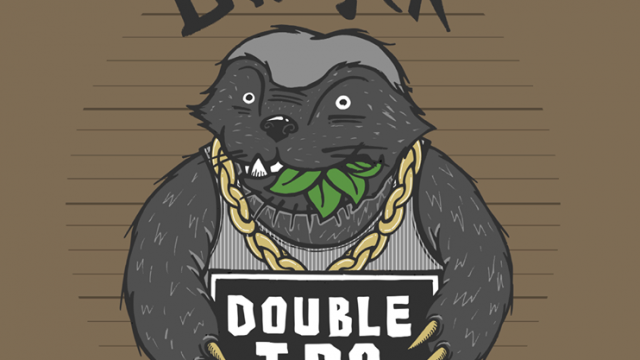
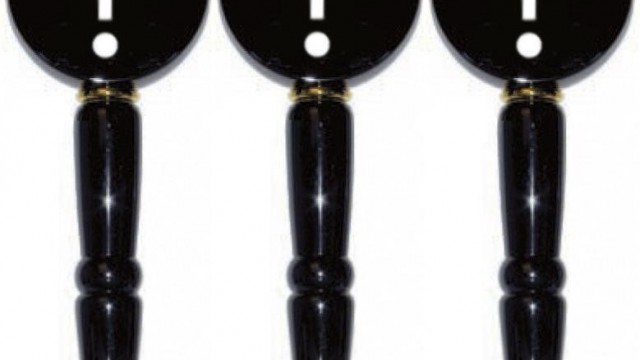
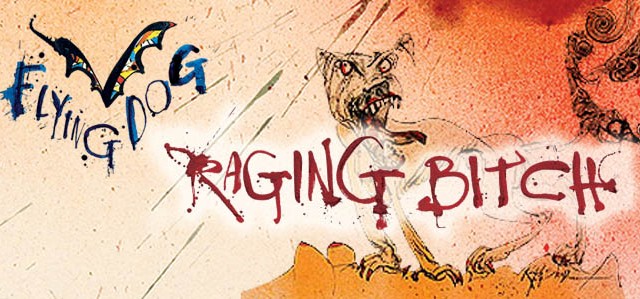
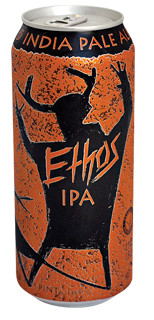
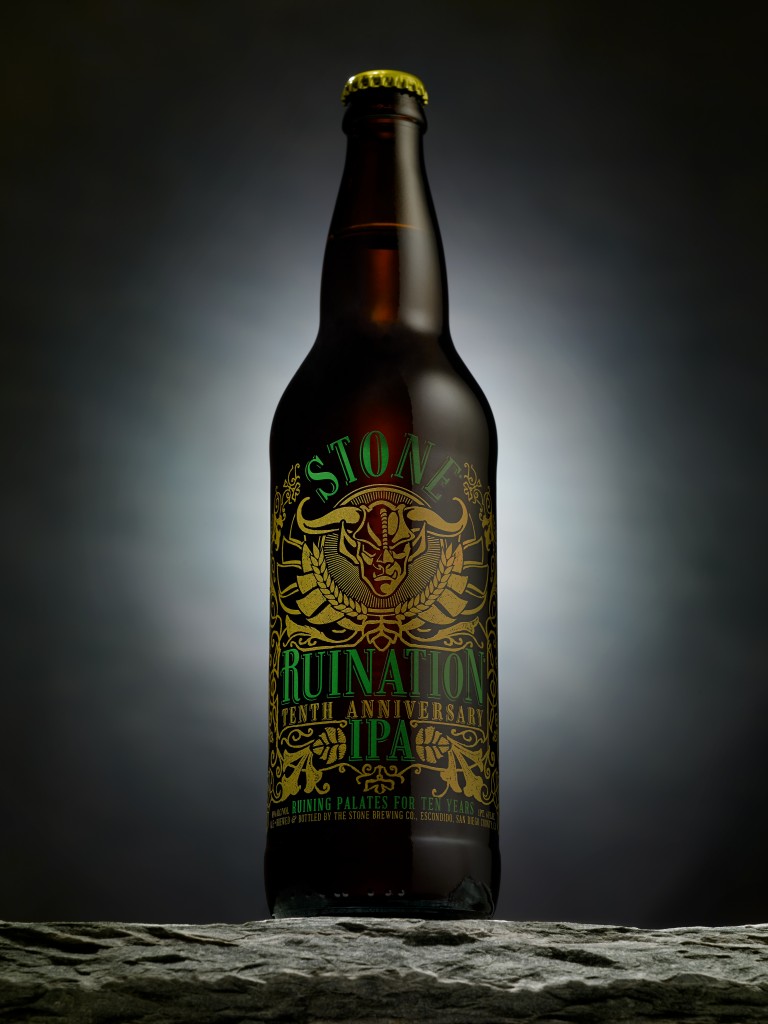
Leave a Reply